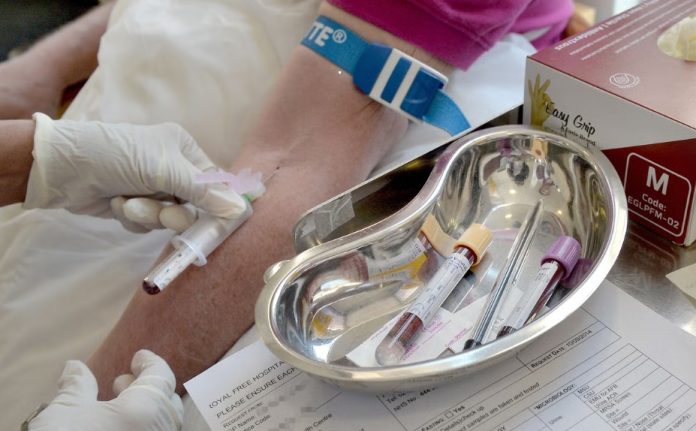Scientists said on Friday that a new blood test that analyses lipids could make it easier to identify children at risk of serious diseases, including type 2 diabetes, liver disease and heart disease, The Guardian reports.
Researchers from King’s College London said the test exploits the link between lipids and diseases affecting metabolism in children and could serve as an early warning system for potentially life-threatening illnesses.
Using machines to analyse blood plasma from babies, which are already available in hospitals, doctors would be able to detect early signs of disease in children more quickly and help treat them, the researchers said.
The study’s lead author, Dr. Cristina Legido-Quigley, said:
For decades, scientists have relied on a classification system for lipids that have split them into good and bad cholesterol, but now with a simple blood test we can assess a much broader range of lipid molecules that could serve as vital early warning signs for illness.
The development had significant implications, Legido-Quigley, a group leader in systems medicine at King’s and head of systems medicine at the Steno Diabetes Center Copenhagen, said. She also added:
In the future, this has the potential to be an entirely new way to evaluate someone’s personal risk of disease and by studying how to change lipid molecules in the body, we could even prevent metabolic diseases like diabetes altogether.
The findings were published in the journal Nature Medicine.
Holbaek model
The findings refute the idea that cholesterol is the main cause of obesity-related complications in children and identify new lipid molecules that contribute to health risks such as blood pressure, but do not only correlate with a child’s weight.
Traditionally, lipids were thought to be the fatty acids in the body, the good or bad types of cholesterol or triglycerides. But now scientists believe the picture is more complex. Using a mass spectrometry technique, they found that the types of different lipids present in the body number in the thousands, and each performs distinct functions.
Using a control sample of 1,300 obese children, the research team determined their blood lipid levels. Then 200 of them were enrolled for a year in the Holbaek model, a popular lifestyle intervention programme for obese people in Denmark.
Subsequent results showed that the amount of lipids associated with diabetes risk, insulin resistance and blood pressure decreased in the intervention group, despite a slight improvement in body mass index.
The researchers’ next step is to help understand how genetics affects lipids and what this means for metabolic diseases, as well as how these lipids can be altered to improve health.
